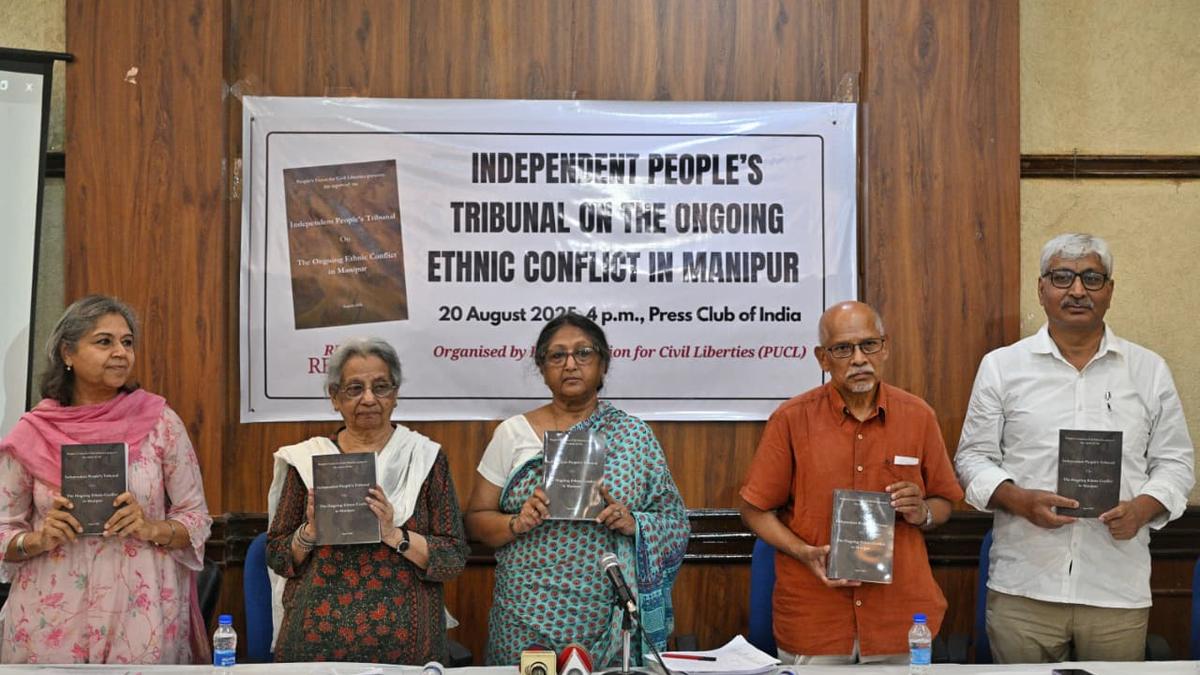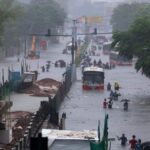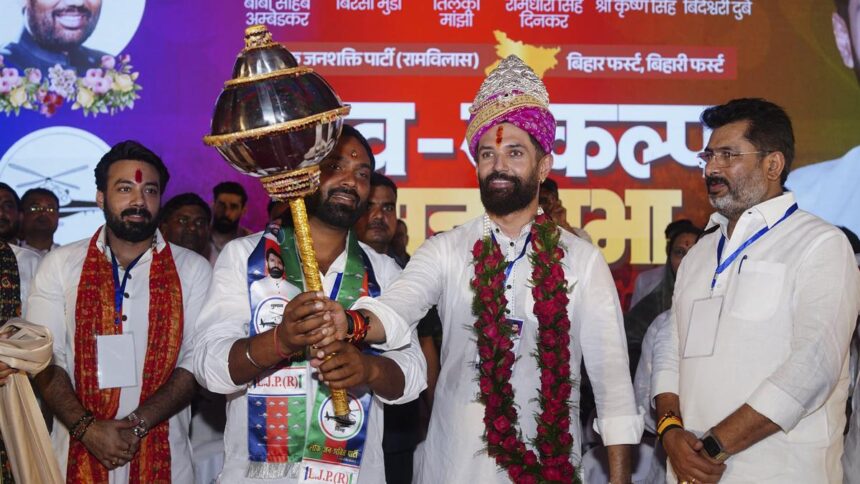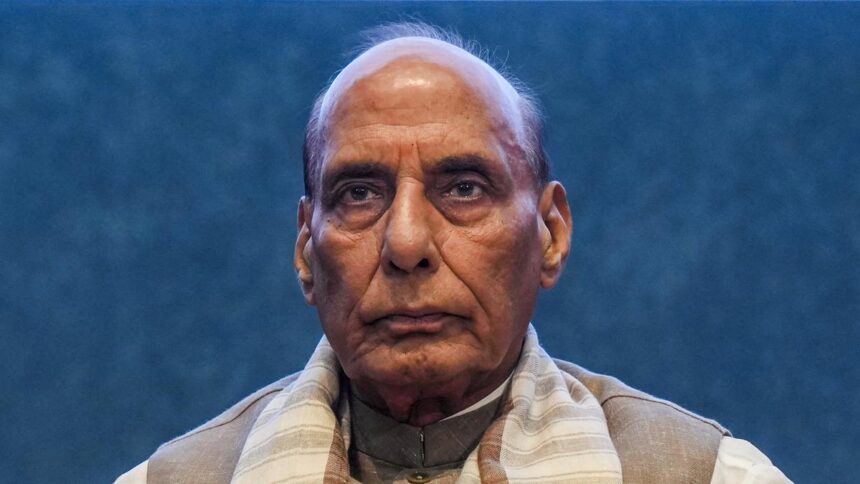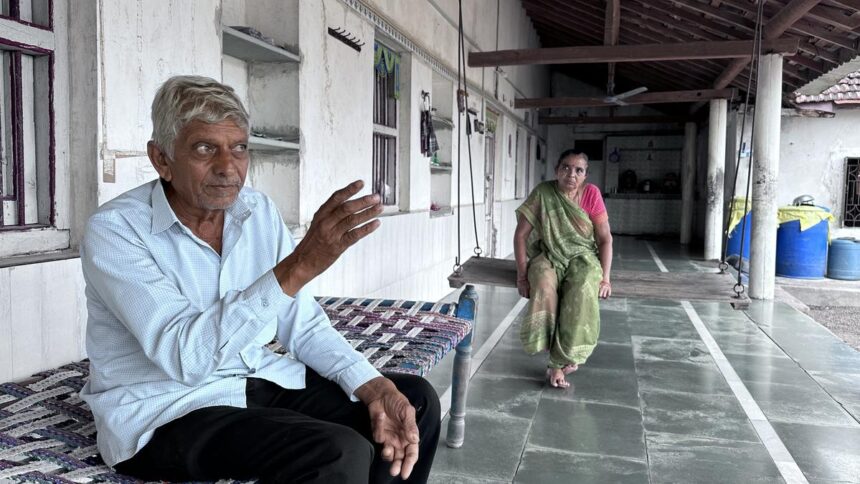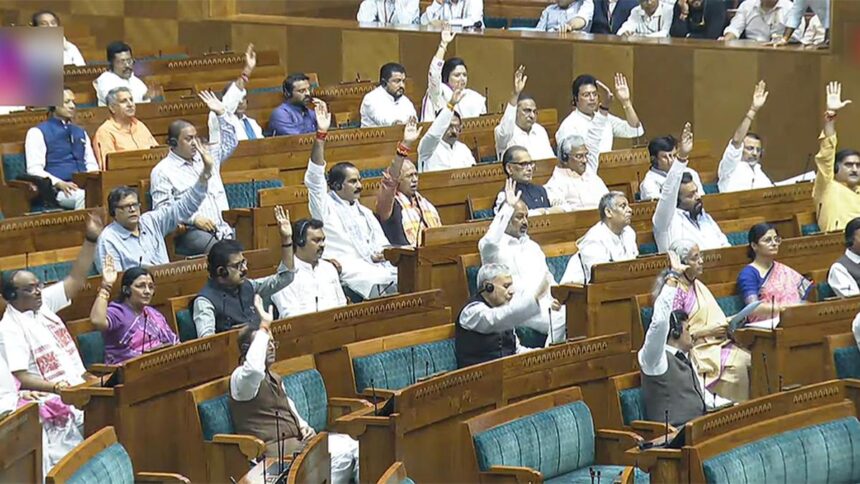
The Independent People’s Tribunal addresses a press conference on the ongoing ethnic conflict in Manipur, at Press club in New Delhi on August 20, 2025.
| Photo Credit: Shashi Shekhar Kashyap
Apart from historical factors such as ethnic divisions, socio-political marginalisation and land disputes, what led to escalation of feelings of mistrust and enmity between the warring Meitei and Kuki-Zo communities were the systematic hate campaign played out through digital media and statements made by the political leadership in the prelude to the conflict, said Independent People’s Tribunal’s report on the ongoing ethnic conflict in Manipur, which was released in Delhi on Wednesday (August 20, 2025).
The report also highlighted that the violence was not spontaneous, but planned, ethnically targeted and facilitated by state failures.

The tribunal, constituted by the People’s Union of Civil Liberties (PUCL) in 2024, was chaired by Kurian Joseph, former judge, Supreme Court, also had members who were former High Court judges, ex-IAS officers, ex-IPS officers, advocates, authors, professors, journalists, human rights activists, among others. In its 694-page report, the jury stressed that more than 60,000 internally displaced people still remain in camps in Manipur with no end in sight.
High Court directive
The tribunal said the Manipur High Court’s March 27, 2023 directive, recommending Scheduled Tribe (ST) status for Meiteis served as a vital trigger, as it was perceived by the tribal groups, including the Kuki-Zo groups and the Nagas, as a threat to their constitutional protections. This in turn sparked protests across all tribal districts, leading to a major protest programme on May 3, 2023 in all the hill districts. While by and large the protests ended peacefully, violence erupted in a few places, which soon engulfed the whole State.

Another contending narrative was the involvement of Kukis in poppy cultivation, in line with the then Chief Minister Biren Singh’s ‘war on drugs’, which translated into popular propaganda against Kukis, the report stated.
After meeting people from all walks of life, including the survivors and victims in different districts of Manipur, including Bishnupur, Churachandpur, Imphal East, Imphal West, Kakching, Kangpokpi, Senapati followed by sittings in Delhi, the tribunal recorded the testimonies of the survivors, which, it says present a stark picture of the failure of the state authorities and institutions to protect them, leaving them to fend for themselves.
The tribunal also notes the failure of the Central government to fulfil its constitutional responsibility to ensure that Manipur remained under the regime of both rule of law and the Constitution. The overwhelming evidence placed before the tribunal lays bare the gruesome and systemic nature of the violence, the role of the radical groups, the failure of state institutions and the immense humanitarian fallout that followed, it said.

The report also attributed a significant role to the media in the conflict, which actively shaped public perception and escalated tensions. While the print media was partisan and lacked investigative rigour, digital channels and social media were used to spread unverified and inflammatory content.
From poor arrangements in camps to dismal healthcare, the tribunal’s report painted a poor picture of relief and rehabilitation in violence-hit Manipur.
The tribunal suggested that India’s judiciary, Parliament and civil society must come forward to reclaim their duty and ensure that Manipur does not become a template for future impunity. It also demanded a Special Investigation Team (SIT) probe into the conflict and emphasised that lasting peace in Manipur requires structural changes, community dialogue, legal accountability and sustained moral leadership.
Published – August 20, 2025 10:43 pm IST







